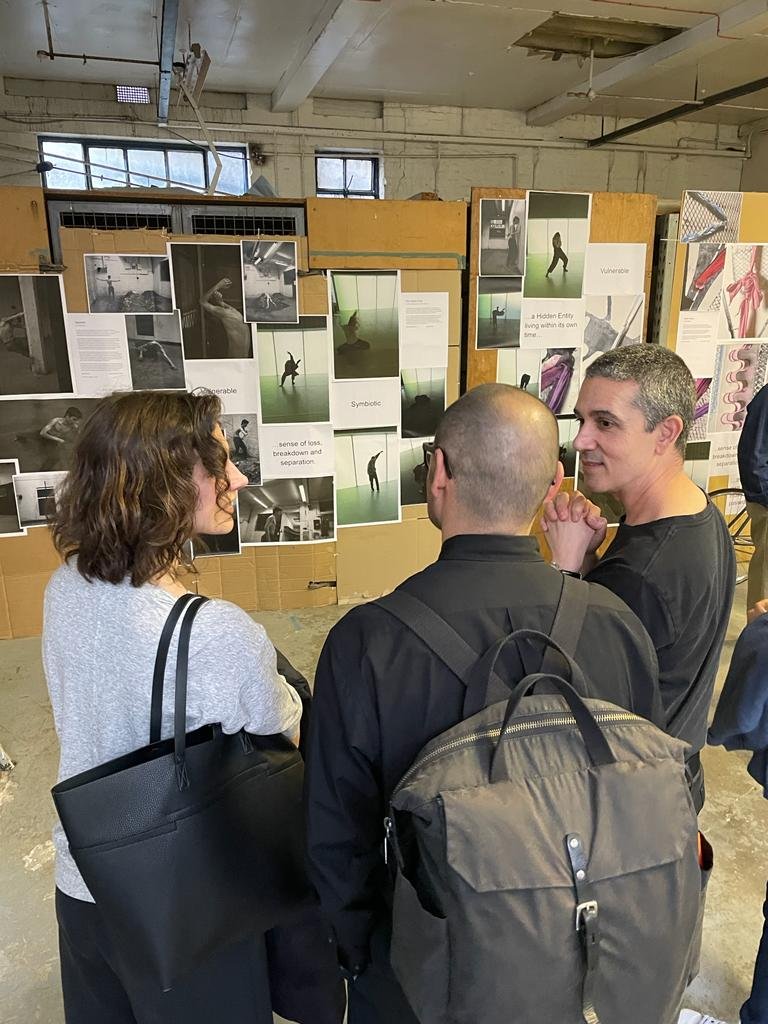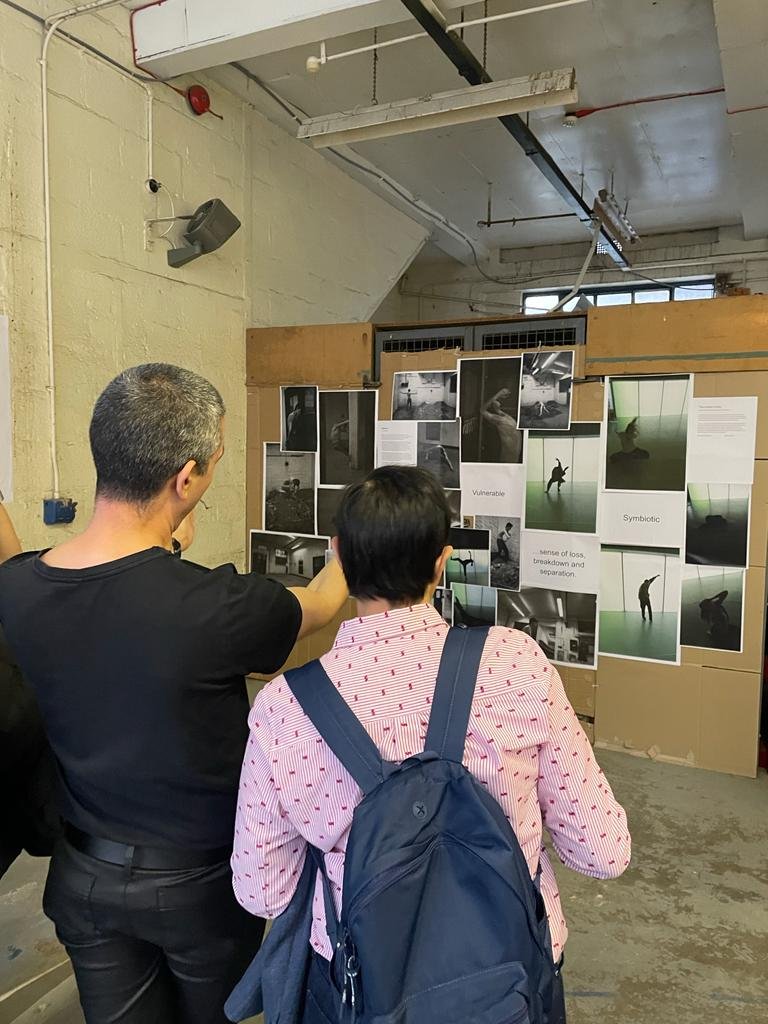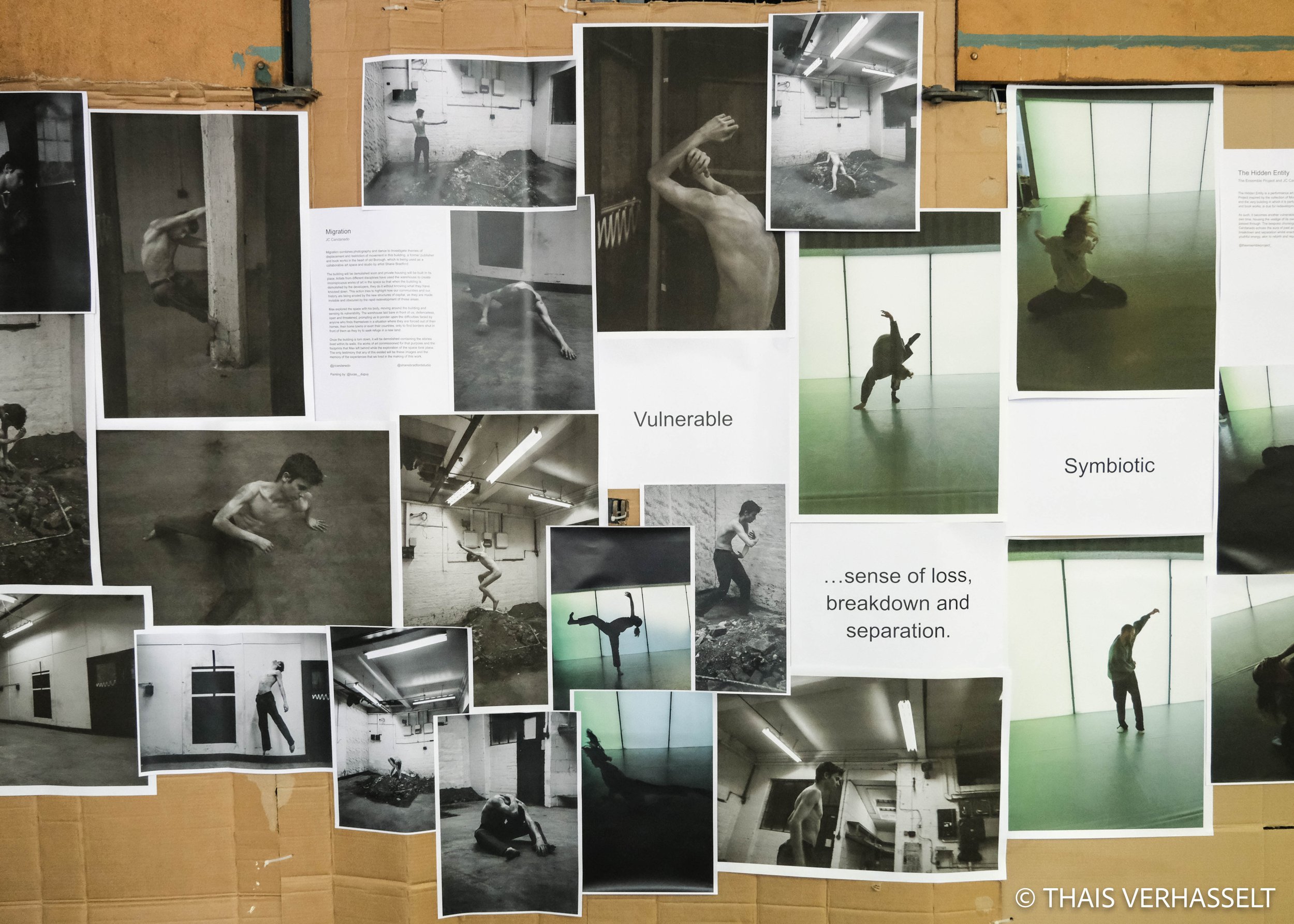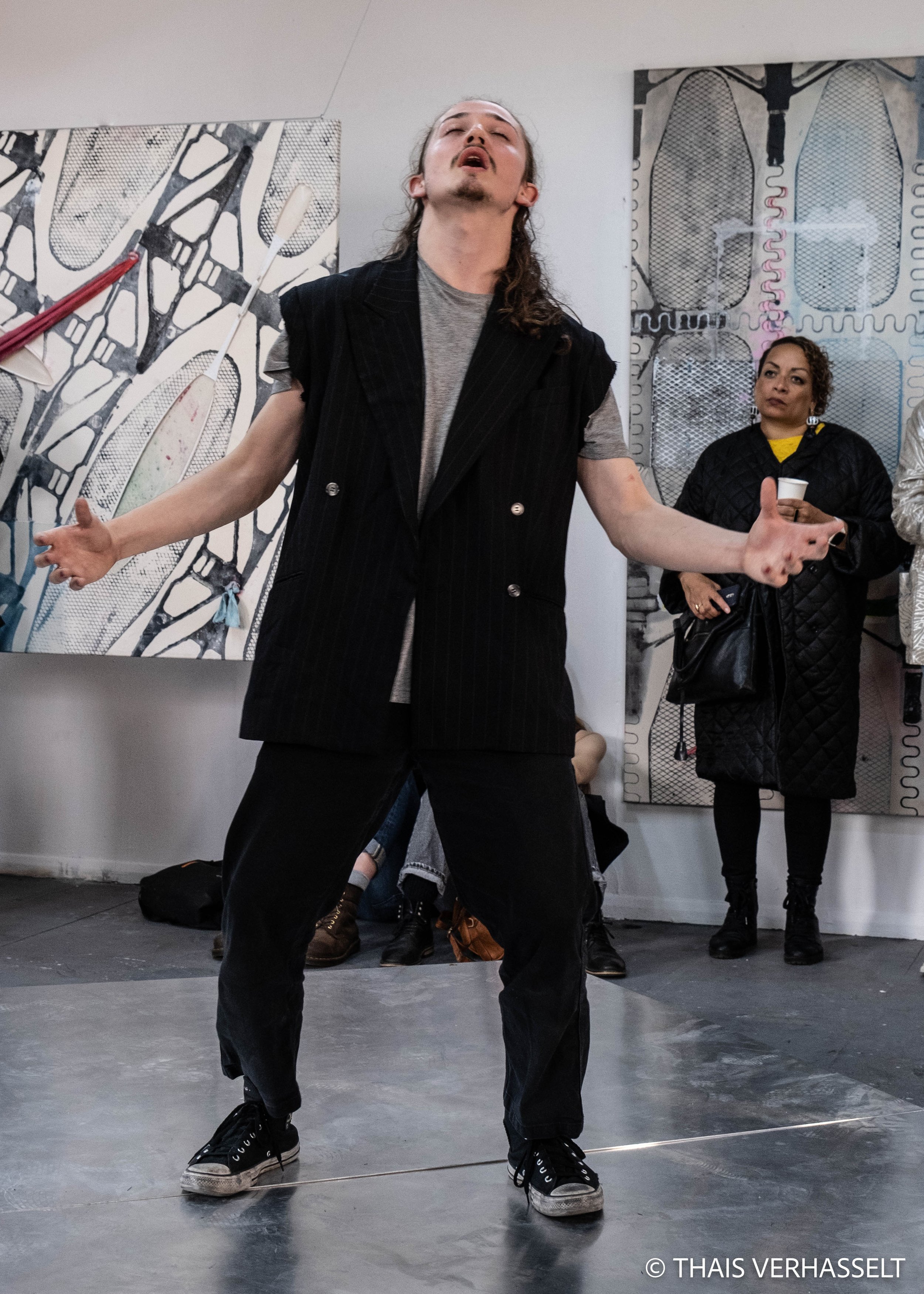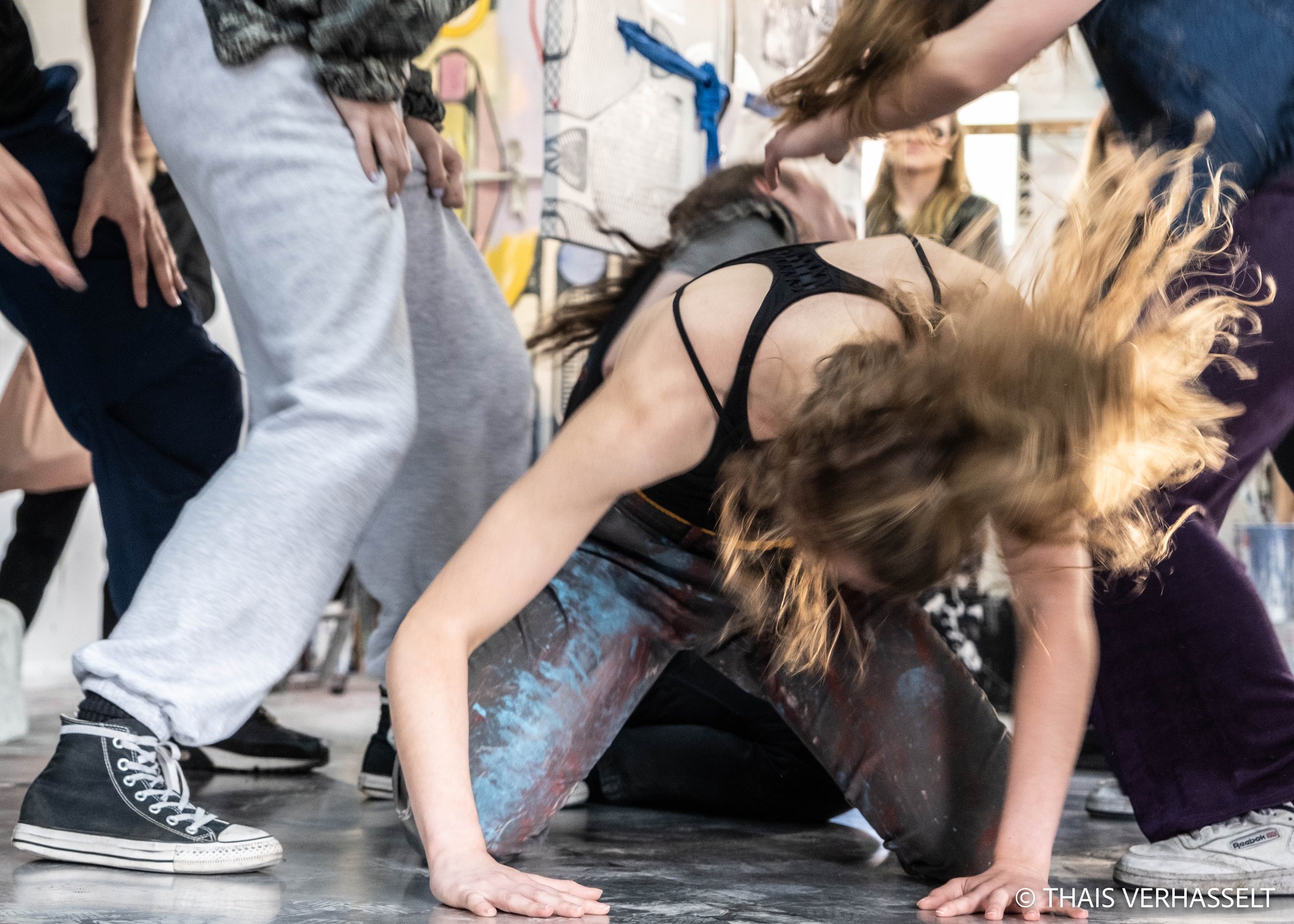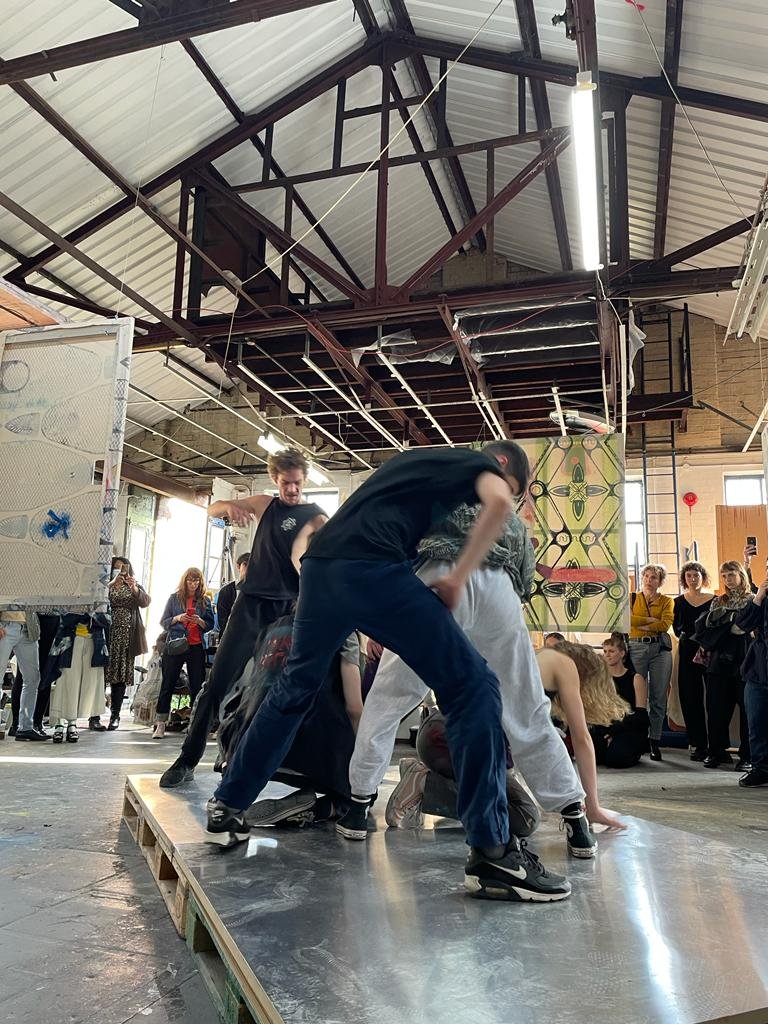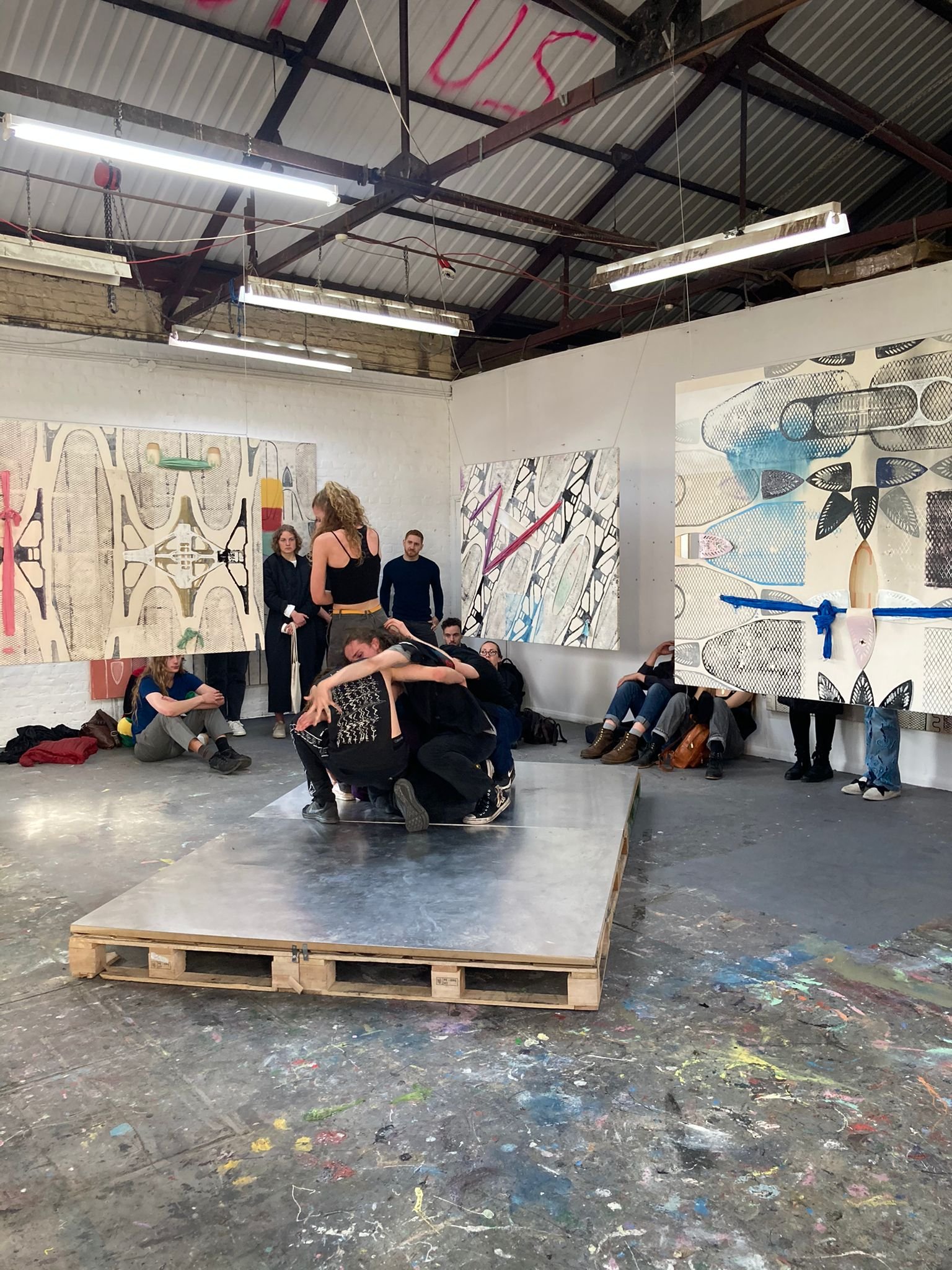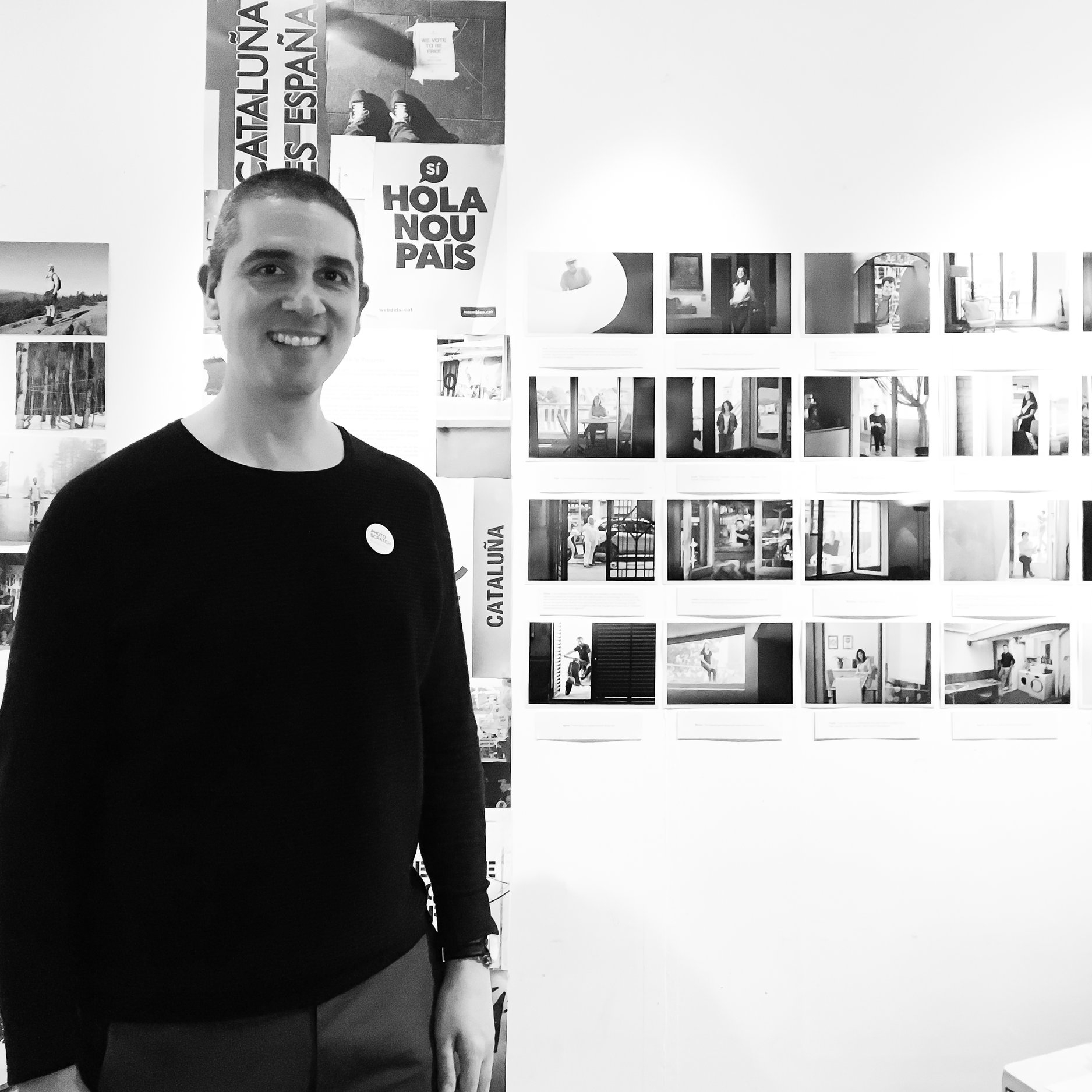Early this year, I took part in a project by artist Mona M. in which she explores the use of tear gas by riot-control police to disperse protesters even if the use of tear gas is prohibited in war. For her project, other participants and I read for the camera the Articles of the Chemical Weapon Convention about riot-control agents in different languages while onions were being chopped within a short distance from us.
Tear gas does not only produce sensory irritation to unarmed protesters, but it can also cause serious and prolonged health effects to anyone exposed to it. The 1925 Geneva Protocol prohibits the use in war of asphyxiating, poisonous or “other gases”, including lachrymatory gases.
Riot control agents are not allowed as a method of warfare according to the 1993 Chemical Weapon Convention. However, riot-control police all over the world consider this toxic weapon harmless and use it for domestic law enforcement purposes.
When I heard about this project, I was interested in taking part in it because as a child I was exposed to tear gas many times. I grew up in Panama, and in the 70's and 80's the country was controlled by the military dictatorship of Manuel Antonio Noriega and the PRD.
Whenever there were protests against the dictator on the streets, the riot-control officers would disperse protesters using tear gas. As a child, I wasn't involved in those protests but some of them took place right outside my school. The toxic clouds would be blown by the wind directly into the classrooms and we had to rush to close the windows and cover our faces with any piece of cloth that we could find.
No one should have this memory from their childhood, and no child should have to learn that in order to protect themselves from tear gas they must soak a piece of cloth in vinegar and wrap it around their faces. These were instructions that I received as a child from my parents and from my teachers. Go back and read this paragraph again and let that sink in.
In the video performance, we read the Articles of the Chemical Weapon Convention about riot-control agents in English, Spanish, Arabic, Chinese, French and Turkish. The onions irritate our eyes and throat, making it impossible for us to read.
Mona M. portrays her work through different languages with an interdisciplinary approach. Her artistic research involves issues like identity and memory. The situations she studies through her research combine her personal memory with ideas rooted in global socio-political values.
You can see the full video on this link. To learn more about the Chemical Weapon Convention, visit the OPCW.
Do you like what you just read? Consider becoming a patron on patreon.com/jccandanedo where you can learn more about my creative process and the stories behind my images. I’d love to have you as part of my Patreon community.
You can also subscribe to my weekly blog posts here!
